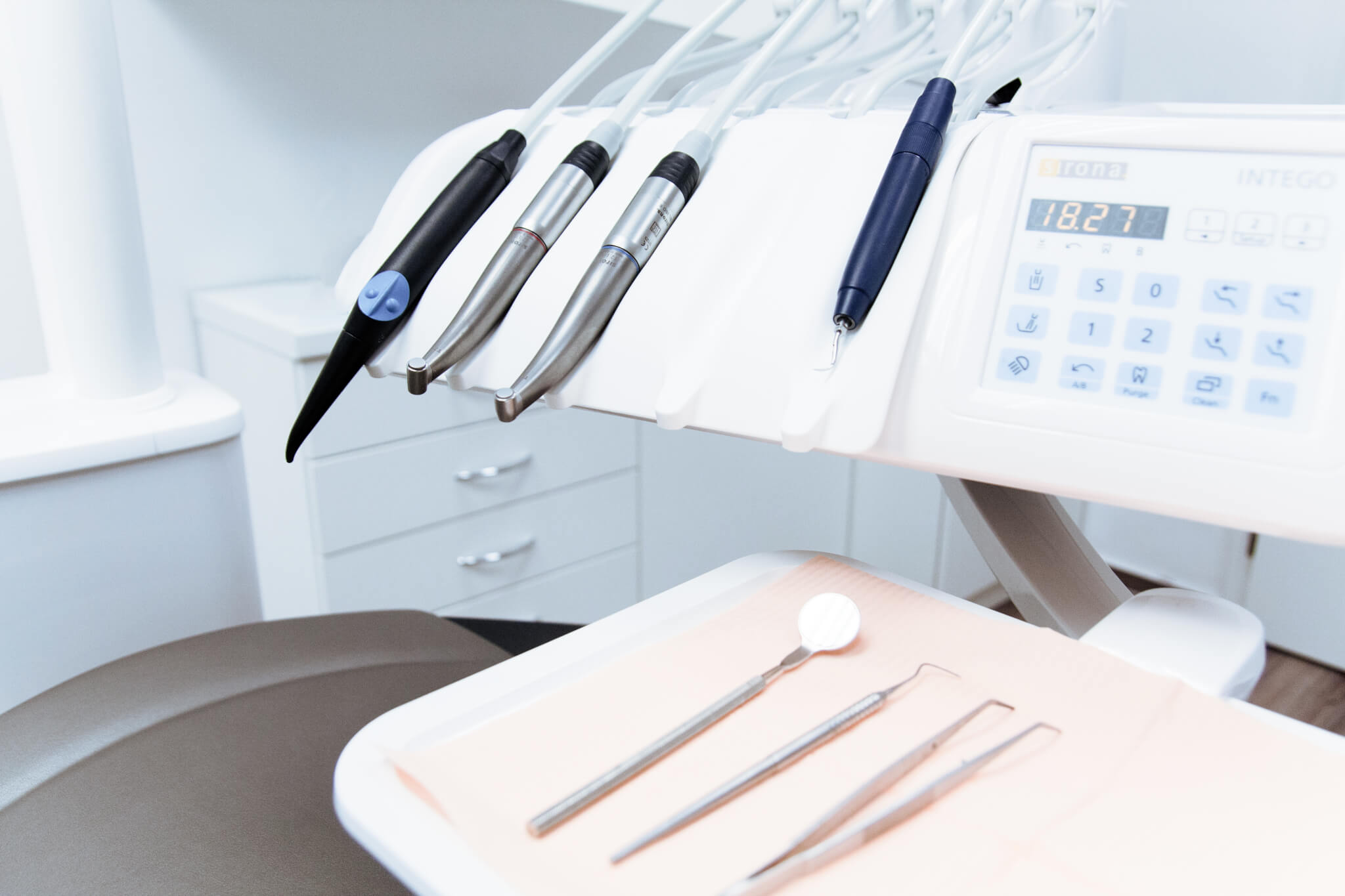Why Should You Choose a Private Practice Over a Dental Clinic
In today’s world, corporate dental clinics are on every corner and advertising low fees, quick appointments, all specialties in house and convenient appointment times. Who wouldn’t be enticed with all of these seemingly awesome perks?
With the amazing advertising of these perks, it easy to feel confused as to why your private practice dentist wouldn’t operate in a similar fashion and be more competitive with these cooperate offices. What most patients do not understand is that the cooperate dental clinics and private practice dental offices are completely different business models and cannot operate similarly. So what are the differences between these cooperate dental clinics and your normal private dental practice?
The first and main difference is that one is owned by a cooperation, meaning a large company owns and operates multiple locations across the country. The decision makers of how the office is operated and ran are not onsite and no one onsite has any true control over company policies, how the office is ran or authorization to make decisions.
The other is owned by the dentist themselves. They may have management teams in place to handle the running and operations of the practice. However, ultimately they themselves have complete control over how the office is operated and ran on a day to day basis and can make whatever decisions they see fit to benefit their patients and staff.
Another difference is that a clinic typically has multiple providers in one location; depending on the clinic and their business model there may or may not be hygienists, and there will be multiple assistants. Typically in a clinic setting you will see whatever doctor is available at that particular moment and an assistant will complete most of your appointment, with a small cameo appearance of the actual doctor. Most dental clinics do not employ hygienists, meaning that even your cleaning appointments are mostly completed by a dental assistant with a small appearance of a doctor. In a clinic setting, there isn’t typically a continuity of care, you wont necessarily see the same providers each time and the same providers may not even be at that particular clinic anymore. This business model operates by seeing multiple patients at one time, utilizing dental assistants to complete most of the patient care. In doing so, they are able to produce the same amount in an hour as a private practice, but collecting lower fees for each patient. These practices are able to accept medicaid/medicare programs because they count on being assigned 100’s of patients and seeing 4-5 patients per hour.
A private practice is typically one, maybe two dentists (one being the owner), hygienists and assistants. In a private practice every effort is made to have patients see the same providers at every visit to create a continuity of care. Cleaning appointments are completed by hygienists with the doctor coming in to complete a thorough evaluation. Patients are seen one at a time, typically being seen by the main clinician (doctor or hygienist) for the majority of the appointment. Your appointment time is reserved for you and only you, so your provider has no urgency to finish quickly or leave your treatment room. Private practices are not set up to see multiple patients in an hour and most would not be comfortable attempting to run the practice in that fashion. They are not able to accept the lower reimbursement fees for procedures because they are seeing less patients and spending more time with each patient than a clinic would.
A dental clinic is geared towards immediate treatment of any potential issues (even extremely small potential non-issues) as much of the clientele have limited time, coverage or are non-compliant. The idea is that if treatment is diagnosed, scheduled and completed in an expedited fashion, the patients are more likely to have it all completed and less likely to have small concerns become a large issue.
Private practice dental offices tend to be more conservative in their approach. Patients are notified of potential issues and given the opportunity to correct them whenever possible. Smaller less invasive treatment plans are typically given and larger restorations are avoided unless absolutely necessary.
Ultimately, there are advantages and disadvantages to either business model and it’s important for patients to be aware of these prior to selecting one over the other.
